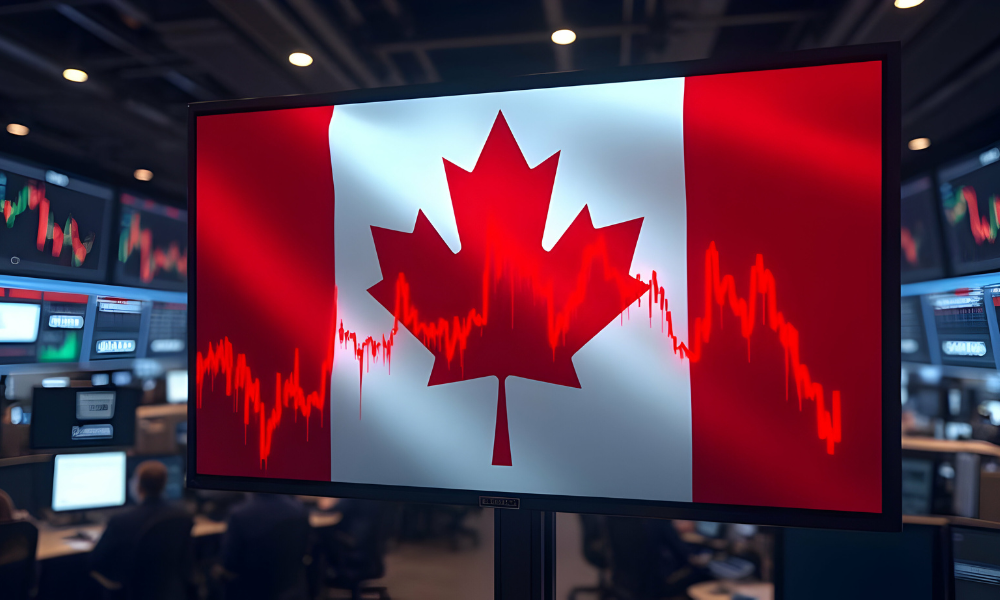Central bank spells out threats posed by Trump's trade chaos

The Bank of Canada has issued a warning that an all-out global trade war could plunge the country into a year-long recession, depressing Canadians’ standard of living.
In a rare move reflecting heightened uncertainty, the central bank released two separate economic outlooks on Wednesday to account for the unpredictable trajectory of US trade policy. The projections were published alongside the bank’s decision to hold interest rates steady, pausing its rate-cutting cycle that began in June 2024.
“What happens to the Canadian economy and inflation depends critically on US trade policy, which remains highly unpredictable,” said Governor Tiff Macklem. “Given this uncertainty, point forecasts for economic growth and inflation are of little use as a guide to anything.”
Two likely scenarios
The bank’s first scenario assumes that most tariffs are eventually rolled back. While levies on steel, aluminum, and some Chinese goods persist, the broader trade environment stabilizes. Nonetheless, lingering uncertainty weighs on business confidence, leading to a temporary stall in Canada’s economic activity. Growth slows sharply in the second quarter as exports and investment decline, while households trim spending amid fears of job losses.
Under this scenario, gross domestic product (GDP) growth averages just 1.6% through 2027. Inflation remains below the bank’s 2% target for much of this period, though prices for goods excluding food and energy rise due to retaliatory tariffs and supply chain adjustments.
In the second, more difficult scenario, the Bank of Canada predicts a prolonged trade war driven by sweeping new US tariffs, including a proposed 12% duty on Canadian and Mexican goods. In retaliation, Canada would impose matching tariffs on $115 billion worth of US imports.
This scenario triggers a global escalation and pushes Canada into four consecutive quarters of economic contraction, averaging a 1.2% decline in GDP. Exports fall as US demand wanes, businesses reduce output, and unemployment rises. The economy only begins a slow recovery in 2026.
The trade war also fuels inflationary pressures. Although inflation hovers near 2% in the early stages, it is projected to exceed 3% by 2026 due to rising import costs before returning to target in 2027.
The bank also raised concerns that persistent price hikes could alter inflation expectations, potentially triggering a wage-price spiral.
Macklem emphasized that the central bank would adjust monetary policy as needed to stabilize inflation and support growth.
“Monetary policy will ensure inflation remains well controlled and support economic growth as Canada confronts this unwanted trade war,” he said.
What are your thoughts on the Bank of Canada’s outlook for the Canadian economy? Share your insights in the comments below.



